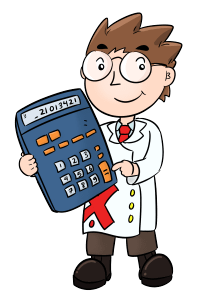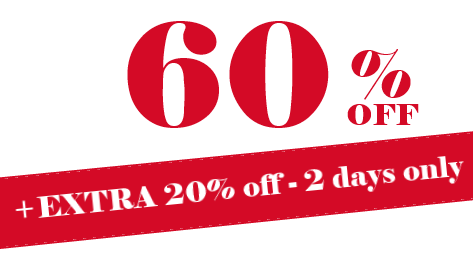- < Experiment 22
-
Experiment 23 v4
- Experiment 24 >
Unravelling the secrets of the double discount
Syllabus links
Key Stage 2 (age 7 to 11)

Can you unravel the secrets of the double discount?
Purpose
This experiment gives children an opportunity to work with percentages in a real-life scenario.
The child will learn what it means when an already discounted product is discounted again.
You need to know
- how to convert percentages to decimals
- how to multiply numbers using a calculator
You will need


Steps
-
Shops often have sales offering some percent off the price.
But sometimes they have double discounts: a percentage discount and then another percentage discount.

Think about what this means.
-
Collect as many examples of double discounts as you can.
- For each example you have collected, estimate what something that originally cost £100 would cost after the discount.
- Use a calculator to work out the actual price of each item. Remember to apply the two discounts one after the other.
Hint
Either use a camera to take photographs of the discount signs or write down the details.
Hint
For example, if there is a discount of 60% then a further discount of 20%, the calculation would be like this:
Original price = £100
First discount is 60%. £100 × 0.6 = £60. So after the first discount the price is £100 - £60 = £40.
Second discount is 20%. £40 × 0.2 = £8. So after both discounts the price is £40 - £8 = £32.
Questions
- Does it matter which order the two discounts are applied?
- Which is bigger: a double discount of A% then B% or a single discount of (A + B)%?
- Why do you think businesses offer double discounts?
Expected answers
-
No, the order doesn't matter.
The child can test this by recalculating their discounts in the opposite order.
Mathematically we say that multiplication is commutative.
-
The single discount is bigger because the B% is taken off the original value, but in the double discount it comes off the original value discounted by A%.
Continuing the example above, a 60% discount followed by a 20% discount brought £100 down to £32. This is equivalent to a single 68% discount. So a single discount of 60% + 20% = 80% would be bigger.
-
People naturally try to add the two percentages together, but the actual percentage discount is less than this.
Explore further (optional)
What other types of discount can you find? What percentage discount are they equivalent to?
Tips for further exploration
Perhaps the most common is "buy one get one free". This is equivalent to a 50% discount (although you end up with double the quantity).
Other popular discounts are "buy two get one free" (equivalent to 33.3%) and "buy one get one half price" (25%).



